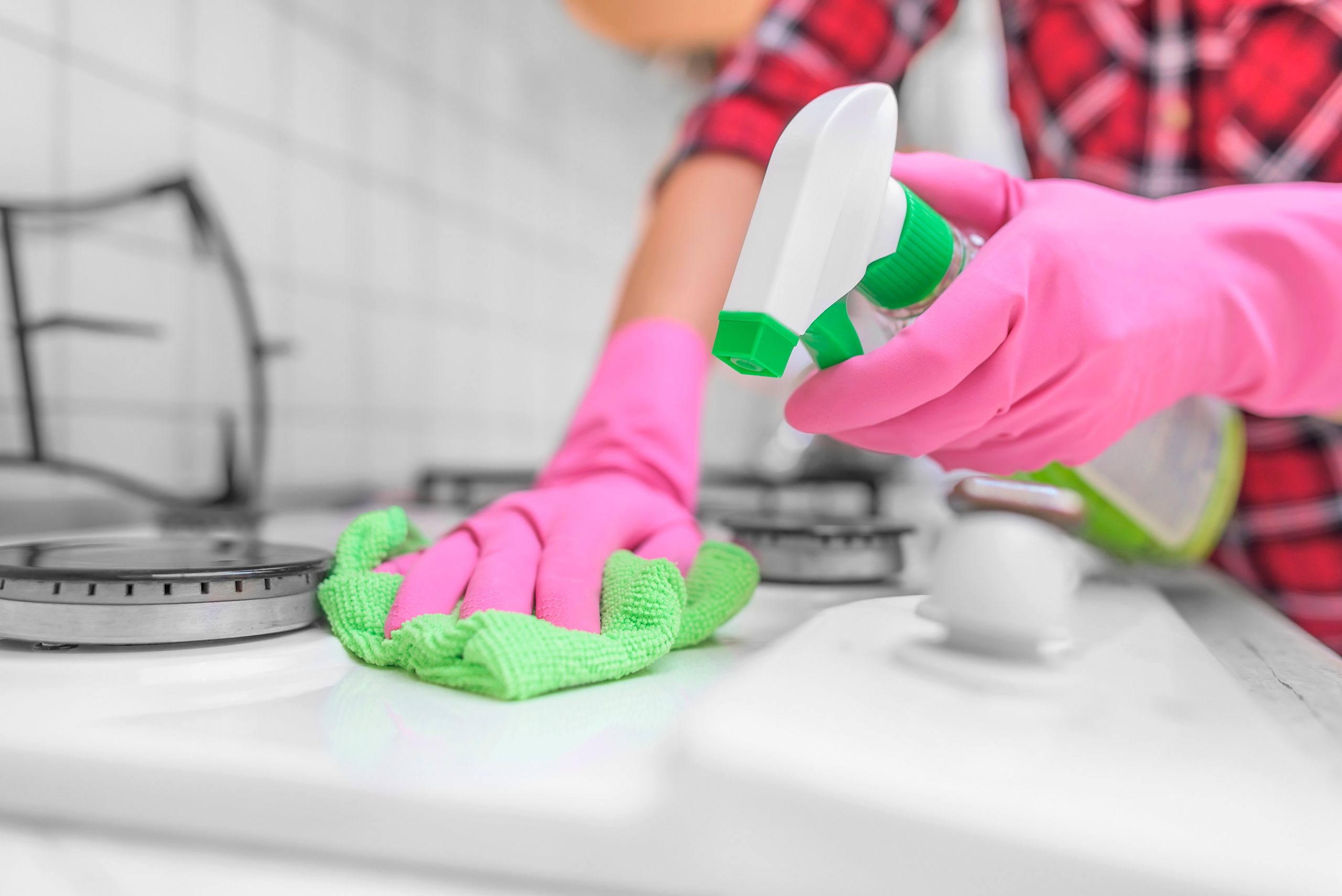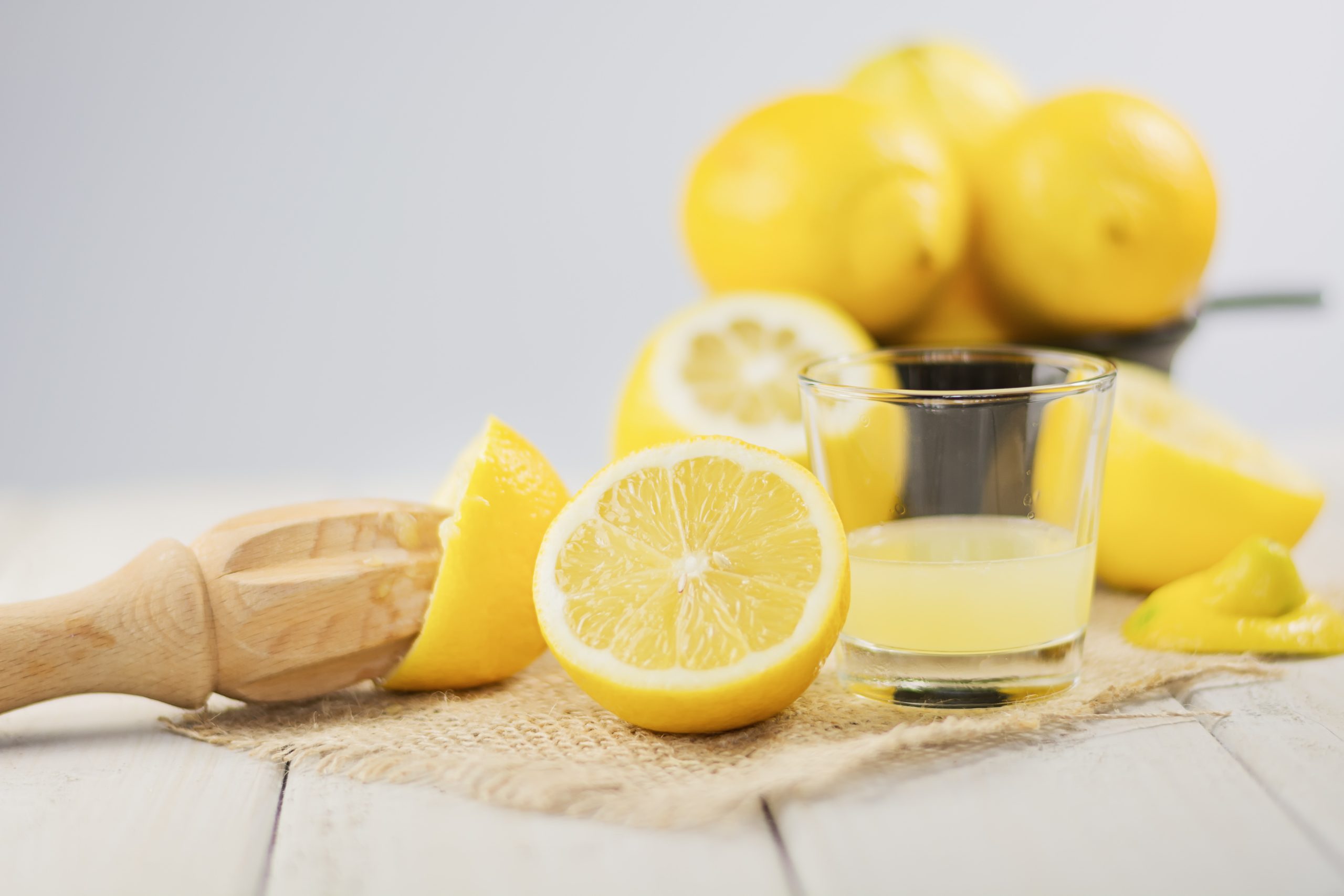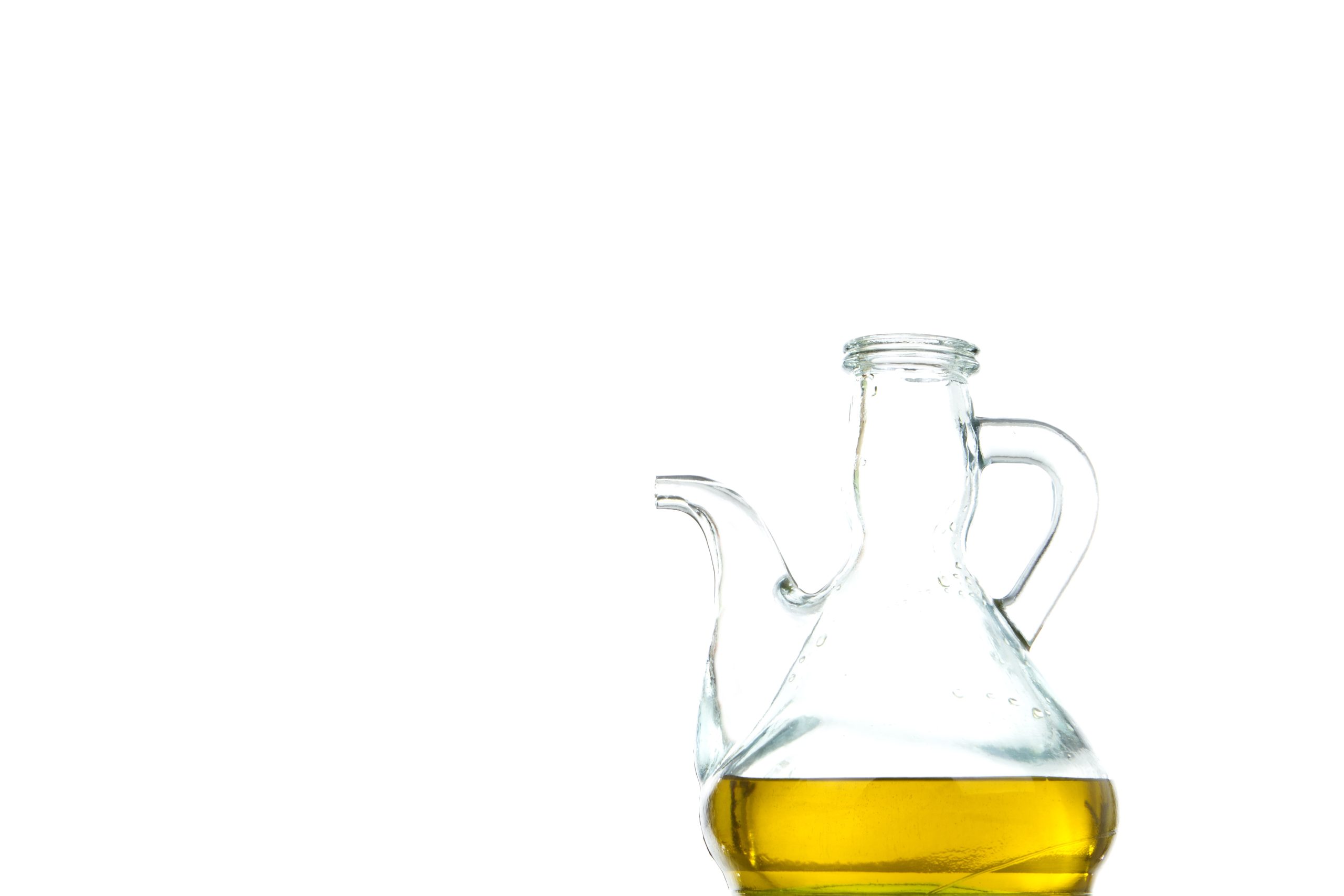
Switching to natural cleaning solutions is not only better for the environment but also for your wallet. A study by the Environmental Working Group (EWG) found that 30 common household cleaning products released hundreds of hazardous volatile organic compounds, VOCs. Of them, 193 that were hazardous. Luckily, you don’t have to subject your family to these chemicals. Many household items can double as powerful, non-toxic cleaners, eliminating the need for costly chemical products. These eco-friendly alternatives are effective, simple to make and help reduce waste. If you are interested in green cleaning, take a look at these 10 natural solutions that can help you save money.
1. Baking Soda for All-Purpose Cleaning
Baking soda is a staple in green cleaning due to its versatility and affordability. It works wonders for scrubbing sinks, tubs, and countertops without scratching surfaces. Mix it with water to create a paste for tougher stains or sprinkle it directly on surfaces as a deodorizer. You can even use it to freshen carpets. Just sprinkle, let sit, and vacuum. Baking soda is non-toxic and safe around kids and pets, making it a must-have for any eco-conscious household. A single box can replace multiple expensive products, saving you a ton of money over time.
2. White Vinegar as a Natural Disinfectant
White vinegar is a powerful cleaner that kills bacteria, cuts through grease, and removes stains. Mix equal parts vinegar and water in a spray bottle for an effective all-purpose cleaner. It’s perfect for windows, mirrors, and even stainless steel appliances. Use undiluted vinegar to tackle tough stains, soap scum, or mineral buildup. Adding a few drops of essential oils can mask vinegar’s strong smell while enhancing its cleaning power. This budget-friendly solution can replace chemical disinfectants and leave your home sparkling clean.
3. Lemon Juice for Stain and Odor Removal

Lemon juice is a natural bleaching agent that’s excellent for cutting through grime and neutralizing odors. Combine it with baking soda to scrub cutting boards, sinks, or countertops. A mixture of lemon juice and water works well for freshening up the microwave—just heat and wipe. You can also use it to polish metal fixtures and remove rust stains. Its antibacterial properties make it an excellent option for sanitizing surfaces. Plus, the fresh citrus scent leaves your home smelling clean and inviting.
4. Castile Soap for Multi-Surface Cleaning
Castile soap, made from vegetable oils, is a gentle yet effective cleaner for almost any surface. Dilute it with water to clean floors, countertops, and even delicate fabrics. It’s great for washing fruits and vegetables or cleaning greasy stovetops. You can mix Castile soap with vinegar for an extra-powerful cleaning spray. Its eco-friendly formulation makes it biodegradable and safe for septic systems. A single bottle lasts a long time, making it a cost-effective and sustainable choice. We use it for several different things around my house, including handwash. I love the Dr. Bronner’s brand.
5. Hydrogen Peroxide as a Stain Lifter
Hydrogen peroxide is a natural whitener and stain remover perfect for tackling laundry and household messes. Use it to remove tough stains from clothes, carpets, or grout. Combine it with baking soda for a powerful cleaning paste for tile or stubborn spots. It’s also effective for disinfecting cutting boards, sponges, and toothbrushes. Keep it in a dark spray bottle to preserve its potency, as exposure to light can weaken its effectiveness. This affordable solution is a safer alternative to bleach and other harsh chemicals.
6. Olive Oil for Polishing and Conditioning

Olive oil isn’t just for cooking. It can be a fantastic natural cleaner for wood and stainless steel. Mix it with lemon juice to polish wooden furniture or floors, restoring their natural shine. Use it sparingly on stainless steel appliances to remove fingerprints and add a protective layer. Olive oil can also condition leather furniture, shoes, or bags, extending their lifespan. Unlike commercial polishes, it doesn’t contain toxic fumes, making it safe for your home. A little goes a long way, making it a budget-friendly and sustainable option.
7. Cornstarch for Glass and Fabric Cleaning
Cornstarch is surprisingly effective for cleaning windows, mirrors, and even fabric stains. Mix it with water to create a streak-free glass cleaner. Sprinkle cornstarch on carpets or upholstery to absorb grease stains before vacuuming. You can also use it as a natural starch for ironing clothes, leaving them crisp and wrinkle-free. Its gentle properties make it ideal for cleaning delicate fabrics or surfaces. Cornstarch is an inexpensive pantry item that can handle multiple cleaning tasks.
8. Essential Oils for Freshening and Disinfecting
Essential oils like tea tree, lavender, and eucalyptus have natural antibacterial and antifungal properties. Add a few drops to your cleaning sprays for an extra layer of germ-fighting power. Use them in DIY air fresheners or mix them with water for a fabric refresher spray. Tea tree oil is especially effective for tackling mold and mildew in bathrooms. Essential oils not only clean but also fill your home with soothing, pleasant scents. A small bottle lasts for months, making it a cost-effective addition to your green cleaning routine. If you have essential oils around, they can also be a great addition to humidifiers in your child’s room. Lavender at night can be a great way to set up a calm environment to encourage good sleep.
9. Club Soda for Stain Removal
While hydrogen peroxide is a good stain remover, it will often lift too much. Club soda is a surprisingly effective solution for removing stains from fabrics, carpets, and upholstery. Its fizzy bubbles lift stains, making it easier to blot them away. Use it on wine, coffee, or grease stains as a first line of defense. You can also use club soda to clean glass and chrome for a streak-free shine. It’s an affordable, non-toxic alternative to harsh chemical cleaners. Keep a bottle on hand for quick, budget-friendly cleaning emergencies.
10. Salt for Scrubbing and Deodorizing
Salt’s abrasive texture makes it a powerful yet gentle scrubber for stubborn messes. Combine it with lemon juice to clean cutting boards or rusted kitchen tools. Sprinkle salt on spills in the oven or stovetop for easy removal after they’ve cooled. If you enjoy cooking with cast iron like I do, salt can also be a great way to clean off your pans after use. You can also mix salt with vinegar to unclog and deodorize drains. Its natural deodorizing properties help absorb odors in garbage disposals or refrigerators. A bag of salt is an inexpensive cleaning ally that’s always within reach.
Clean Green, Save Green
Green cleaning solutions can provide you with a way to keep your home in tip-top shape while still saving money. You don’t have to expose anyone to harmful chemicals and your house will still shine. These methods are not only budget-friendly but also sustainable, reducing waste and chemical exposure. Start small by swapping one product at a time. Eventually, your health and your wallet with thank you!
What kind of green cleaning products do you use?
Read More
